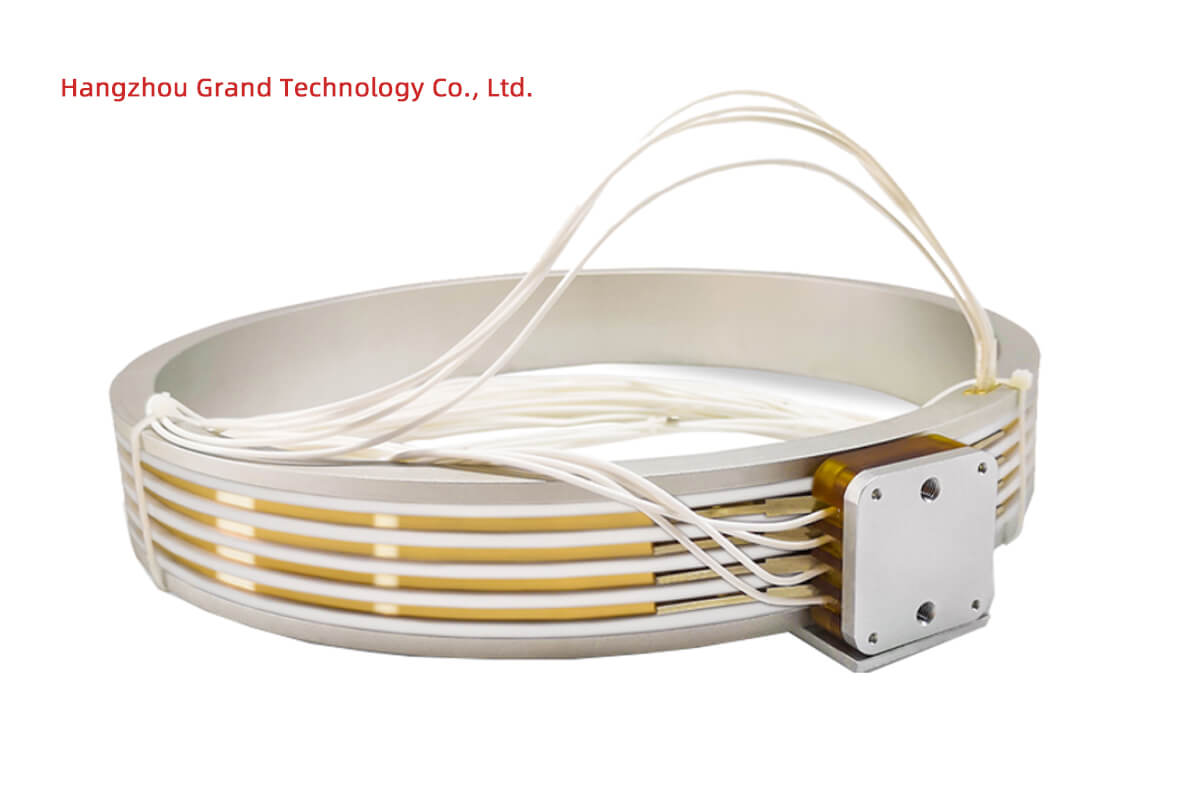Slip ring motors are widely used in various industrial applications that require high starting torque and precise control. The starting process of slip ring motors is critical, and starting resistors play a vital role in optimizing this process. In this article, we will explore the working principle of starting resistors and discuss considerations for their selection in slip ring motor applications. By understanding the functionality of starting resistors and considering important factors, businesses can ensure efficient and reliable motor startup.
Working Principle and Construction
Starting resistors are key components in slip ring motors that limit the current flow during startup. When a slip ring motor is started, the resistance provided by the starting resistors is connected in series with the rotor windings. This series connection restricts the amount of current that flows through the windings, ensuring a controlled and gradual buildup of torque. As the motor gains speed and the slip rings come in contact with the brushes, the starting resistors are gradually bypassed, reducing their influence on the circuit.
The construction of starting resistors is designed to handle the high starting currents and dissipate heat effectively. These resistors are typically composed of resistance wire wound around a ceramic or porcelain core. The materials used in their construction are chosen for their ability to withstand high temperatures and resistive heating. The physical design of the resistors allows for efficient heat dissipation, preventing overheating and ensuring reliable operation during motor startup.
Selection Considerations
When selecting starting resistors for slip ring motors, several key factors need to be considered to ensure optimal performance. One crucial factor is the motor rating, including voltage, current, and power ratings. It is essential to choose starting resistors that are compatible with the motor’s specifications to ensure reliable and efficient startup. Starting torque requirements should also be carefully evaluated to determine the appropriate resistance value of the starting resistors.
Operational conditions play a significant role in resistor selection. Factors such as ambient temperature, altitude, and duty cycle need to be taken into account. Resistor manufacturers provide specifications regarding temperature rise limitations, and it is crucial to ensure that the chosen resistors can handle the expected operating conditions without exceeding these limits.
Resistor characteristics are another important consideration. The resistance value of the starting resistors should be selected to provide the desired current limitation during startup. Power rating is also significant as it determines the maximum power that the resistors can safely dissipate. It is essential to choose resistors with sufficient power rating to prevent overheating and ensure reliable operation. Consulting the manufacturer’s datasheets and guidelines can provide valuable information for selecting the appropriate resistors.
Starting resistors play a crucial role in the efficient and controlled startup of slip ring motors. By limiting the current flow during startup, they help minimize stress on the motor and ensure reliable operation. When selecting starting resistors for slip ring motors, it is important to consider motor ratings, starting torque requirements, and operational conditions. The resistance value, power rating, and temperature rise limitations of the resistors should be carefully evaluated to ensure proper functionality and prevent overheating.
Consulting with experts and manufacturers can provide valuable guidance in selecting the right starting resistors for specific slip ring motor applications. By considering the specific requirements of the motor and the operating environment, businesses can optimize motor performance and reliability. Starting resistors are an integral part of the startup process, and their proper selection and implementation are essential for the smooth operation of slip ring motors in various industrial applications.


